Explore the Lut Desert, the Hottest Place on Earth Near Kerman
Discover the breathtaking Lut Desert in Iran, the hottest places on Earth located near Kerman. Camp in the desert and experience the charm of traditional villages in this unique travel destination.
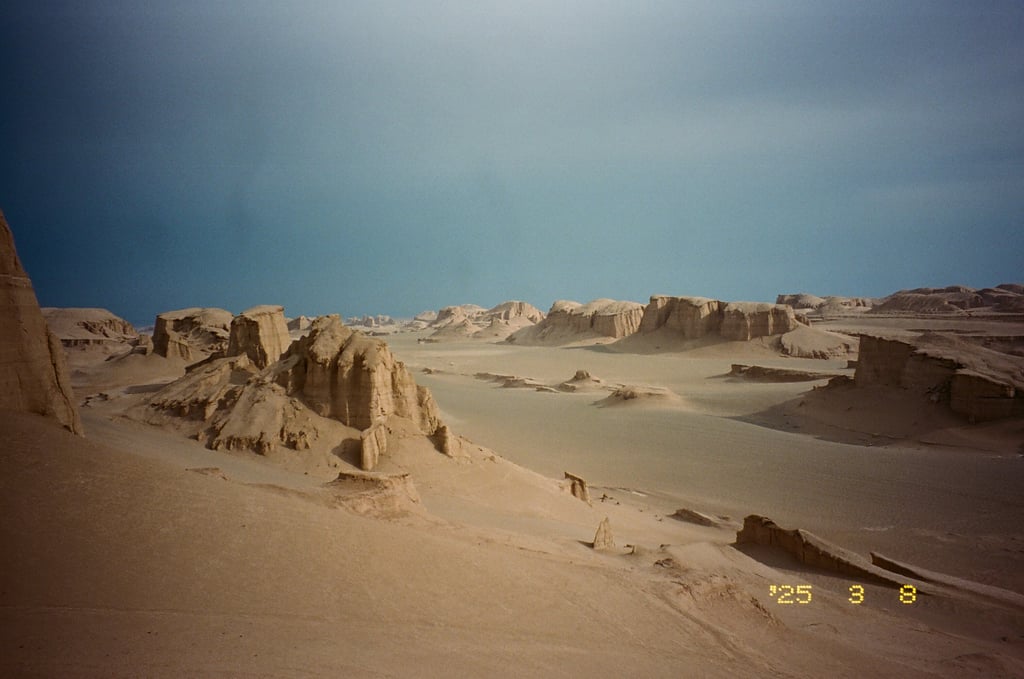

I'd wanted to visit the Lut Desert ever since I saw an episode of "Les Artisans de Demain" years ago. This desert, also called Dasht-e-Lut, is a UNESCO World Heritage site and is famous for being the "hottest place on Earth," with a surface temperature that hit a crazy 70.7°C back in 2005!
The landscapes in the Lut Desert are like something from Mars. It's one of the most unreal places I've ever been, and it's hard to describe what it feels like to camp among the huge rock formations called Kaluts.
Kerman, the Gate to the Lut Desert
To get to Kerman, the city that opens the door to the amazing Lut Desert, I hopped on an overnight train from Tehran. The sleeper car had simple six-bed cabins, and the whole trip took about 14 and a half hours. The train ticket cost me 8 million rials (plus another 2 million if you wanted to pre-order dinner), which was only around 10 euros total back in March 2024.
The compartments were pretty basic, but the beds were comfy enough – you get sheets, a blanket, and a pillow. I shared my cabin with five young guys who seemed very amused of my presence, and still managed to get a good eight hours of sleep. Apparently, there are fancier trains with comfier cabins running a few times a week too.
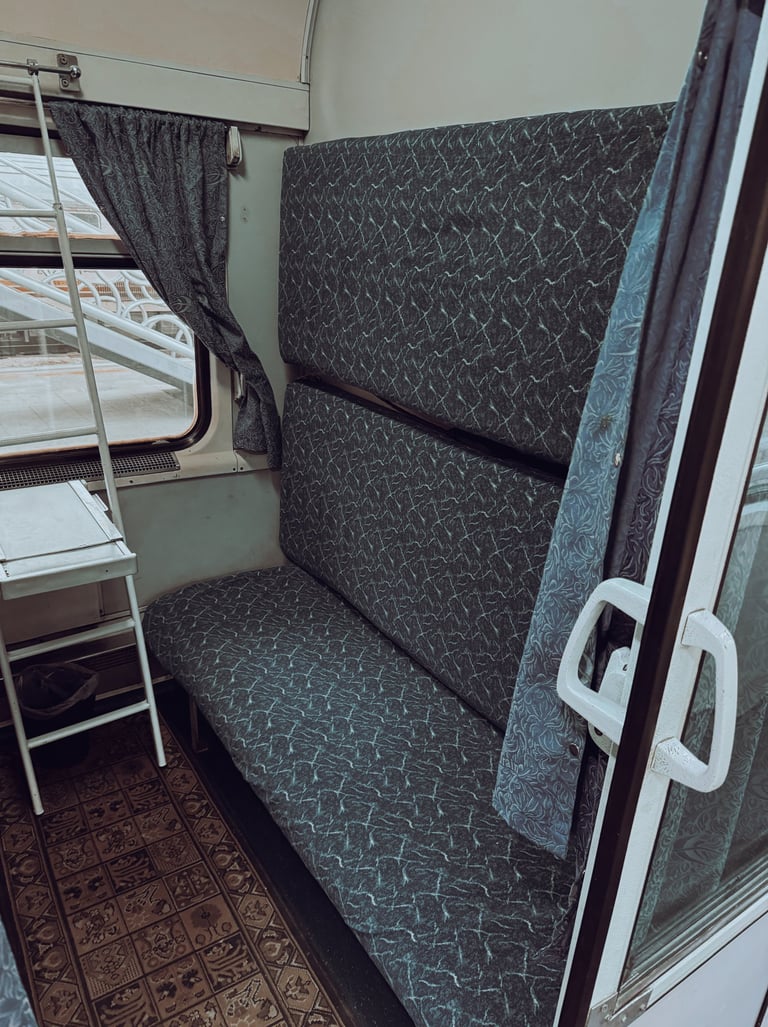

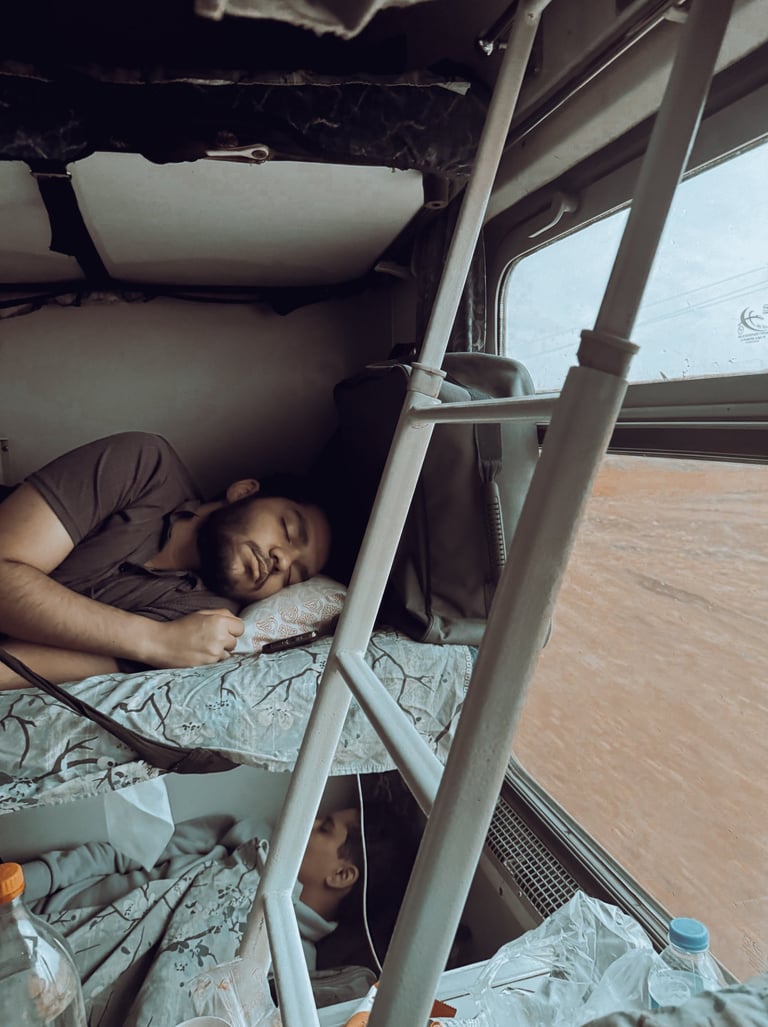

When I arrived in Kerman, I checked into the lovely Kathun Hostel and spent the rest of the day just wandering around the city. Kerman isn't the most exciting or prettiest city in Iran, but its bazaar is definitely worth checking out. I was there during Ramadan, so the night market was super lively.
Besides the usual market stalls, the bazaar also had some cool hidden coffee shops and art spots. Here are a few places I liked in the city:
Ganjali Khan Caravanserai and School: This was one of the most beautiful and well-restored old caravan stops I've seen in Iran.
Cafe Chilok and the ceramics shop next door: Located in the Ganjali Khan complex, you can grab a great coffee at the cafe and find some beautiful ceramics in the shop right next to it. The owner was really laid-back and friendly – but honestly, who isn't in Iran?
Have lunch or dinner at Khaneye Maa: A local told me to try this place for their famous Boz Ghormeh, a stew from Kerman made with goat meat, chickpeas, onions, and spices like saffron and turmeric. It was seriously delicious.
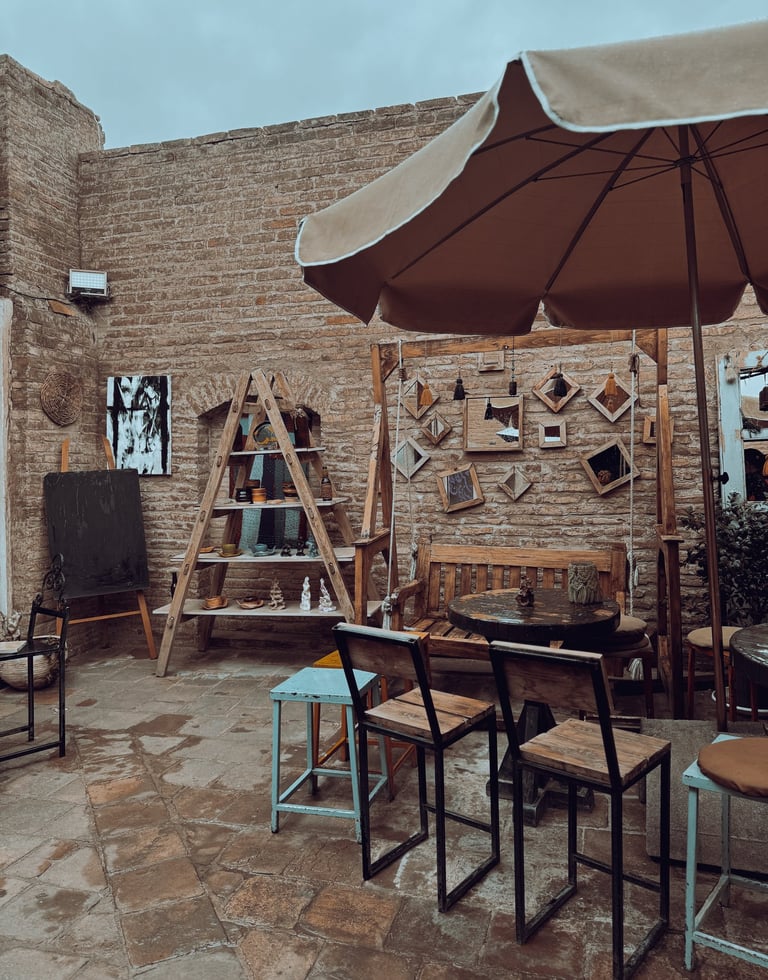

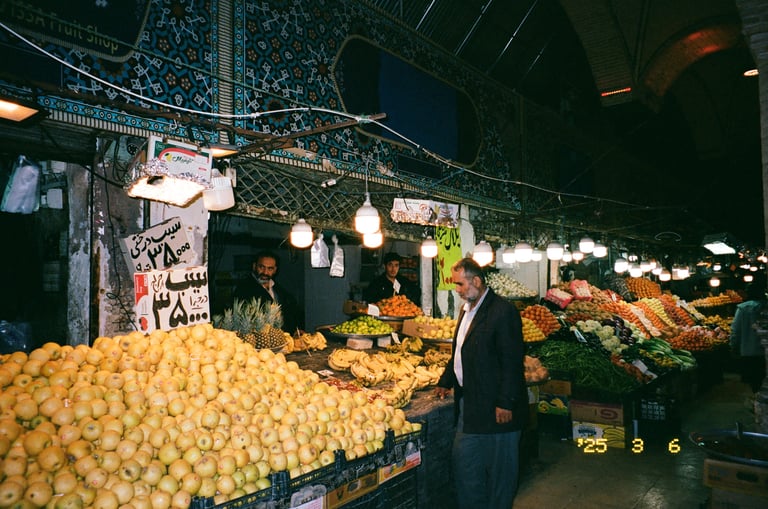

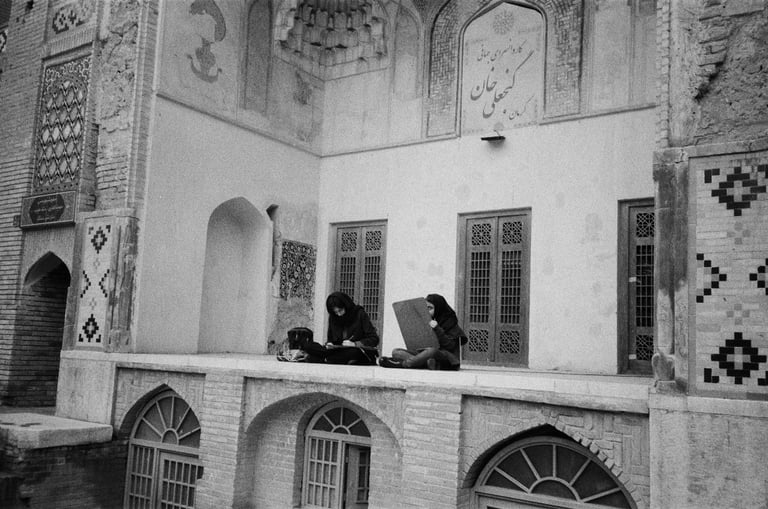

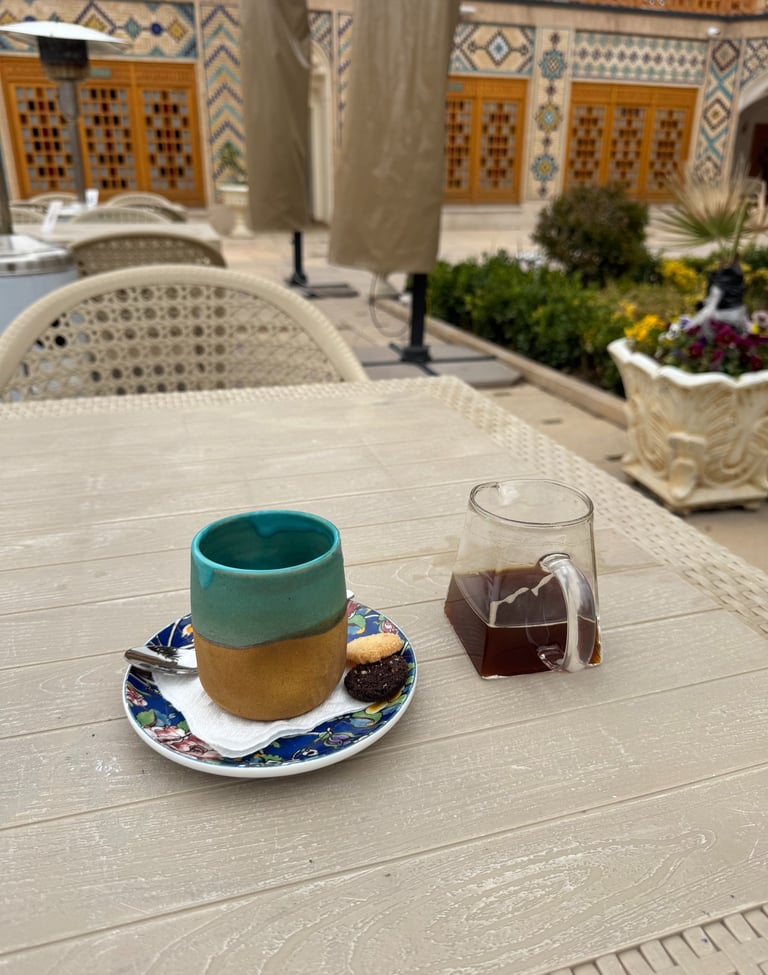

Exploring the Lut Desert
Exploring the Dasht-e-Lut on your own isn't easy, and honestly, it's not really recommended. So, I got in touch with Azur Dome (also known as Visit Kerman) to organize a personalized 3-day, 2-night trip in the area. Ali, the owner, lives in Canada now, but he took the time to plan the perfect trip for me based on my centres of interest. The local guide who took me around was super friendly and knew so much about the region.
On our first afternoon, we drove into the Dasht-e-Lut to Jahar village, a little green oasis in the middle of the desert. Ironicaly, agriculture is the main source of revenue of the villages located in the Dasht-e-Lut. It's amazing how the ancient Persians figured out how to bring life to such dry places with their system of Qanats. (Think of Qanats as underground water channels that have been used for thousands of years to bring water from underground springs to the surface for irrigation and drinking. It's a really clever and ancient way of managing water in the desert.) Seeing these old villages thriving in the middle of nowhere was just incredible.
We spent the night at our driver's home in Jahar, enjoying a fantastic local dinner cooked by his wife. It doesn't get more authentic than that!
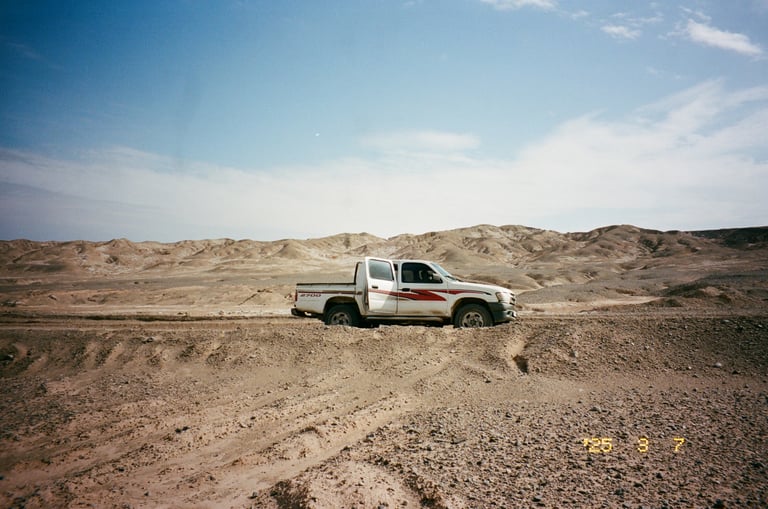

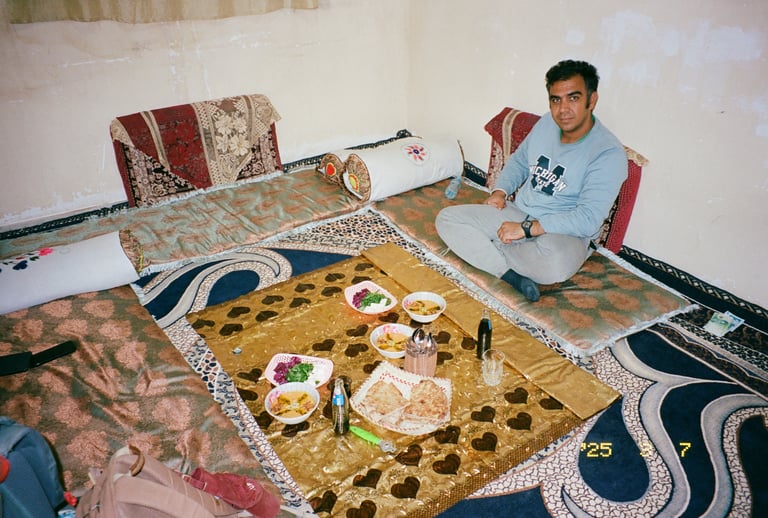


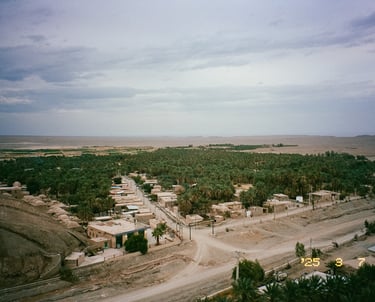
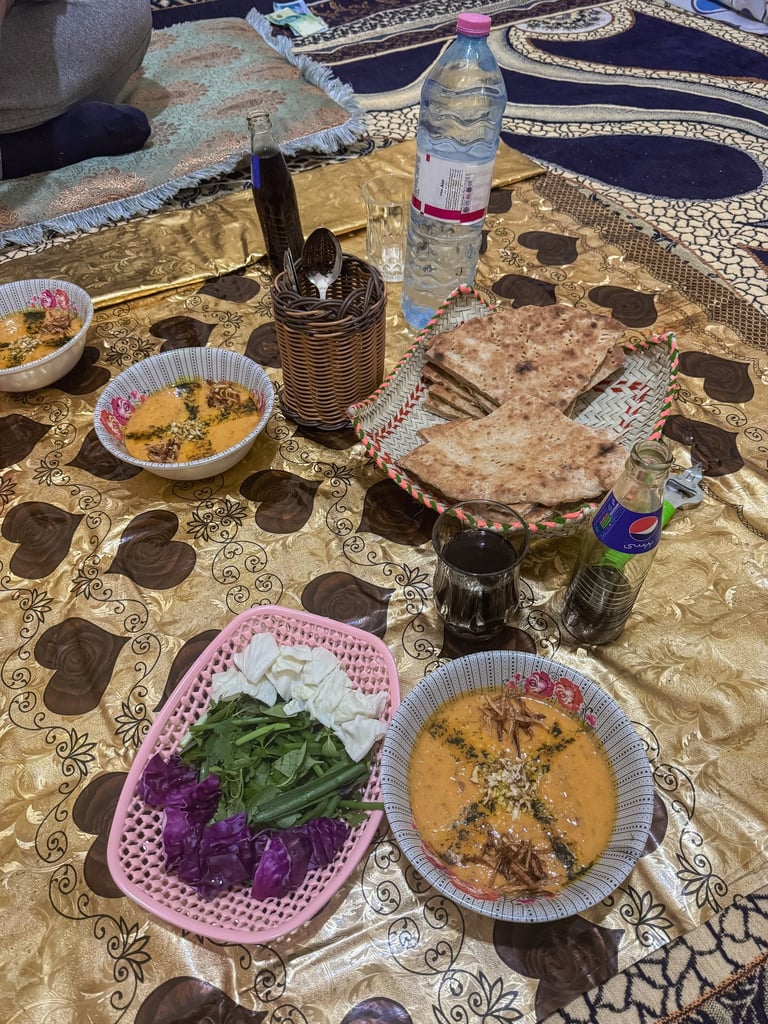

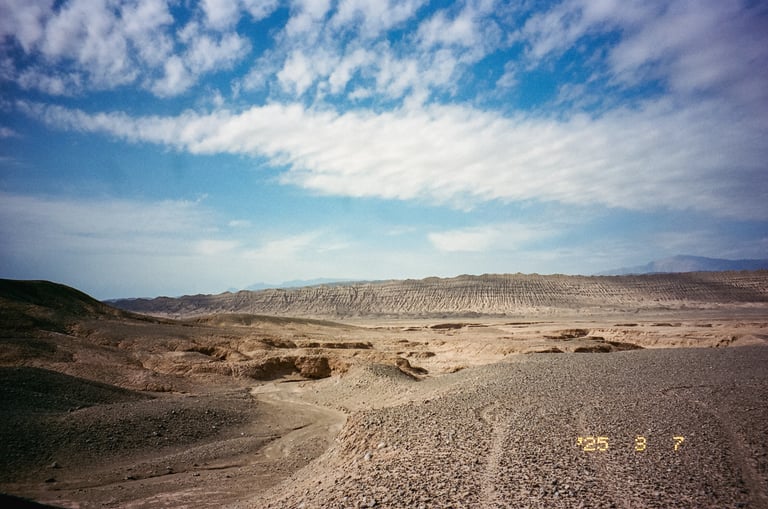

Day two started in Keshit, a stunning urban center in southeastern Iran that's over 5,000 years old! We spent about half an hour walking around the old ruins, which felt like stepping back in time.
Right next to the ancient site is a small but beautiful village with the same name. I was visiting just before Nowruz (the Persian New Year), so I was lucky enough to see one of Iran's many traditions – Khaaneh Tekaani, which literally translates to "shaking the house." It's the tradition where all Iranian families do a really deep cleaning of their homes before Nowruz to welcome the new year fresh and clean.
This meant there were amazing displays of Iranian carpets out in the streets of Keshit, with whole families spending hours washing them thoroughly.
After wandering around Keshit and taking tons of photos of carpets, we headed to a hidden (or maybe not-so-hidden) beautiful waterfall. Lots of locals were enjoying the privacy of the place to have some fun (think maybe some things that aren't officially allowed, like alcohol, drugs, and women not wearing headscarves indulging a little swim). It was a refreshing break as the heat was starting to get intense.
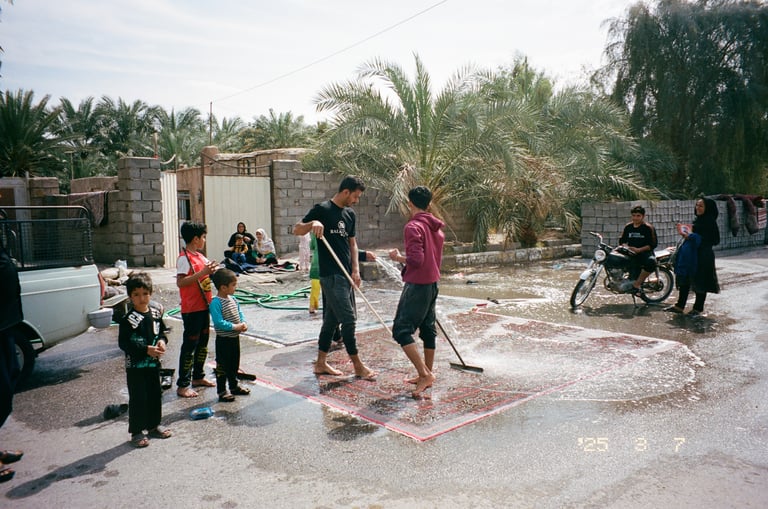

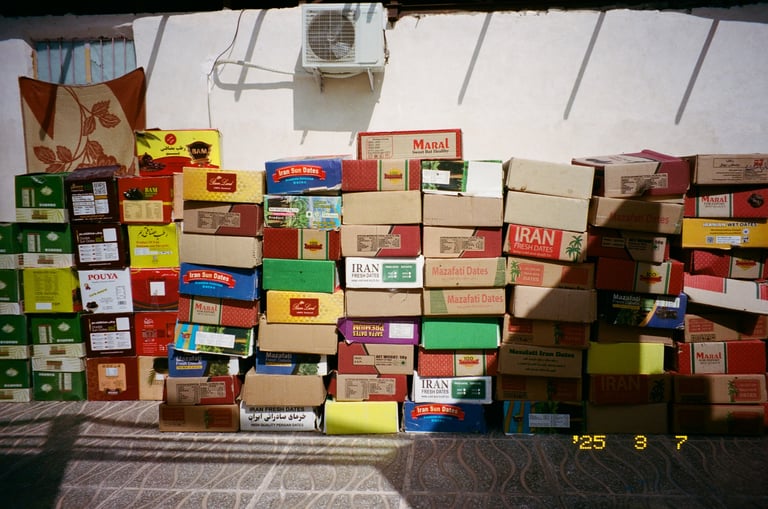

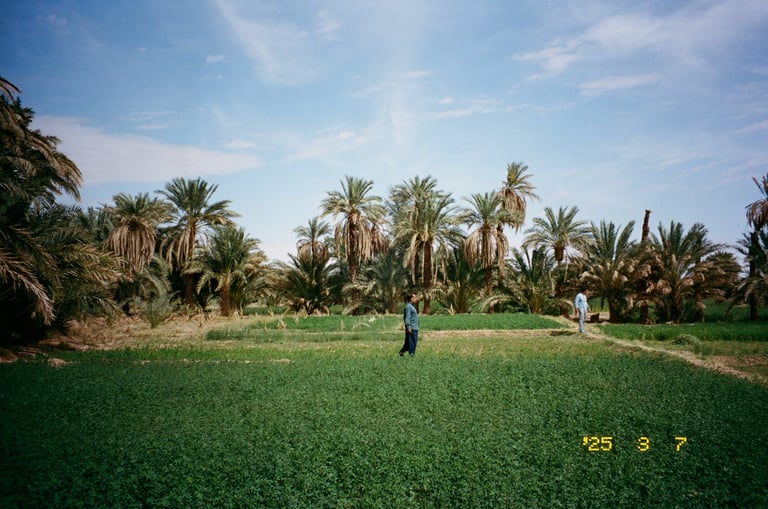

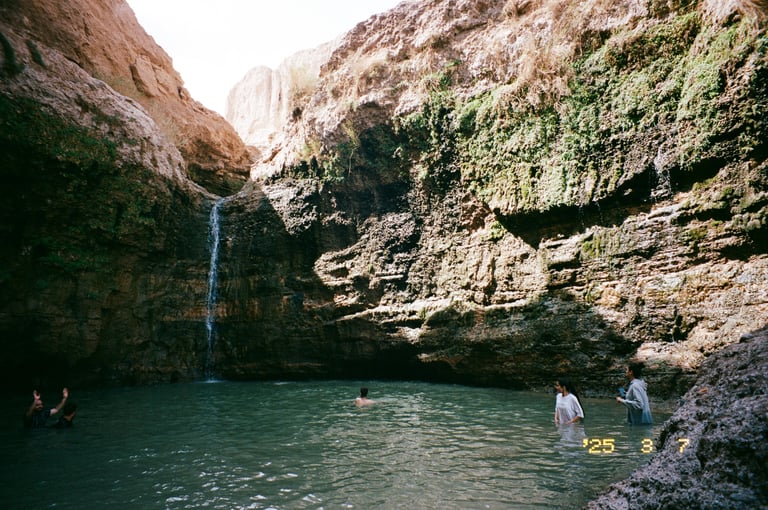

After a quick lunch back in Jahar, we drove towards the Kaluts for an overnight stay in the desert. Imagine the Kaluts as these huge, wind-eroded rock formations that look like giant sandcastles sticking out of the desert. They're really dramatic and create such a unique Mars-like landscape. After a long drive through the Kaluts, with lots of stops to take in the incredible views, we found a perfect spot to set up camp for the night. We shared some tea, and then our driver cooked delicious chicken kebabs under the starry sky.


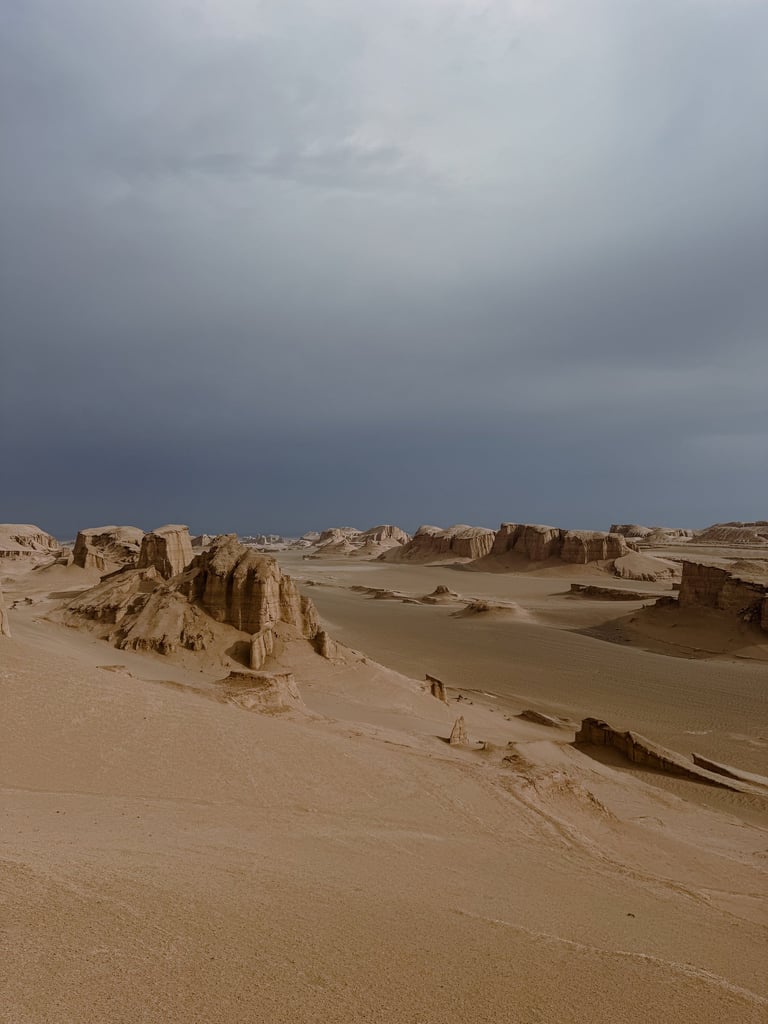

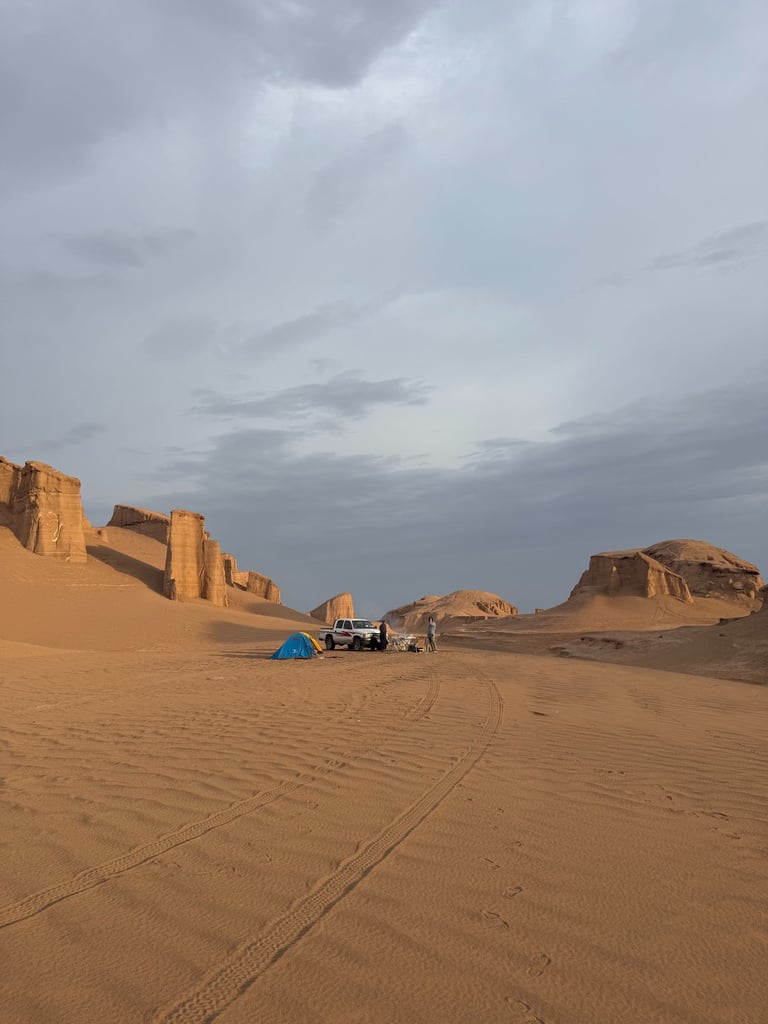

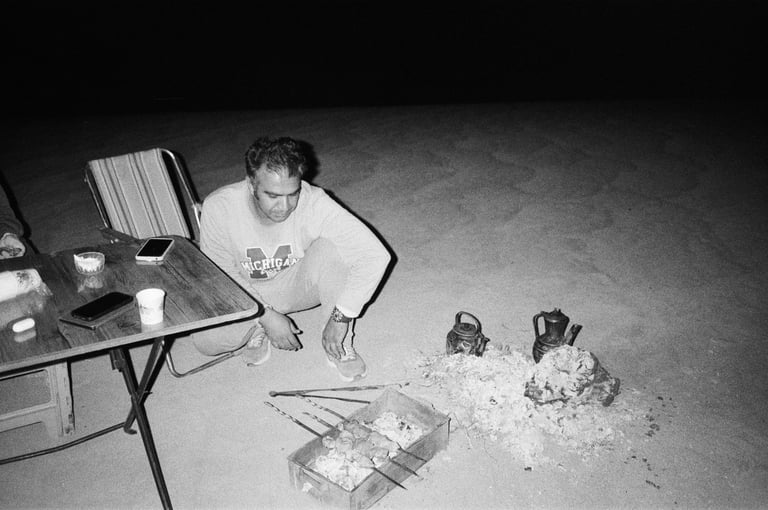

We woke up as the sun peeked over the horizon and started the day with a delicious Persian tomato omelette, Om’let-e Gojeh Farangi. After soaking up a few more incredible hours in the Kaluts desert, it was time to head back to Kerman. From there, I was catching a bus to Bandar Abbas and then a ferry to Hormuz - you can read more about my time in the Iranian Persian Gulf here.
